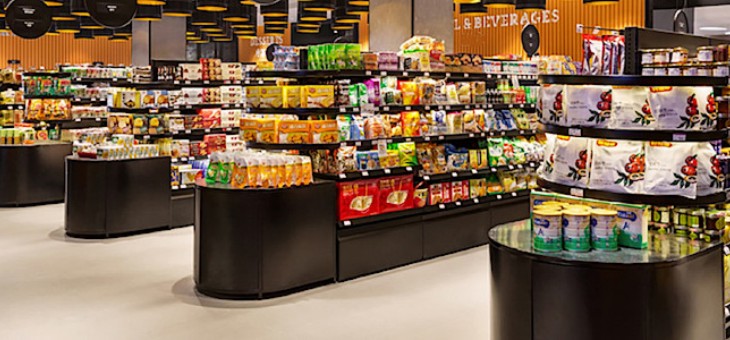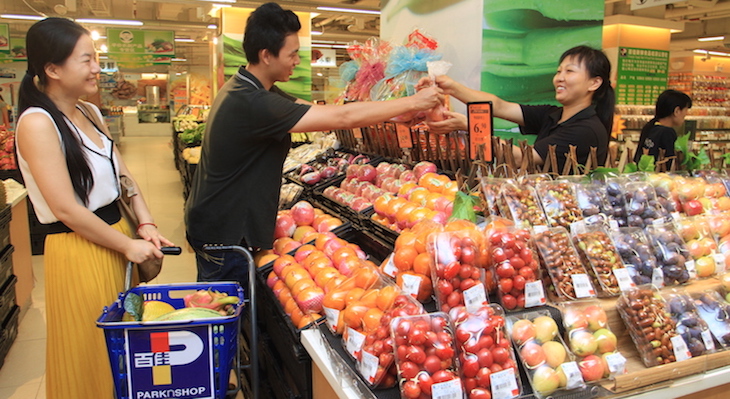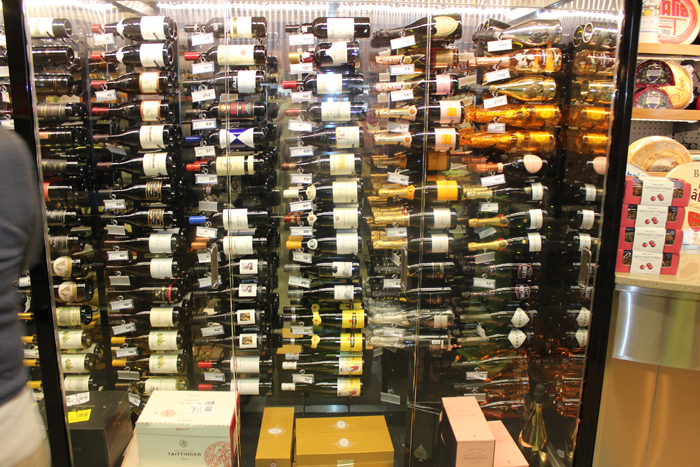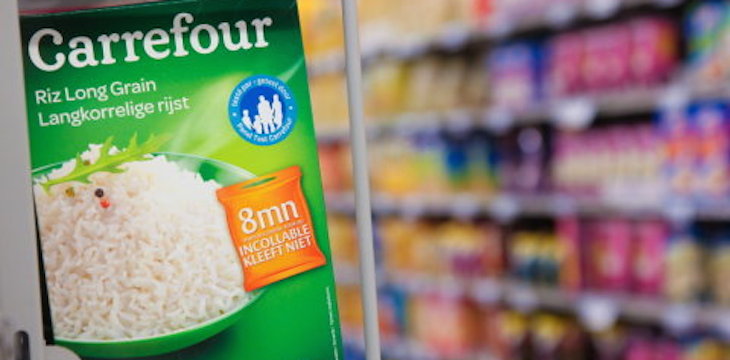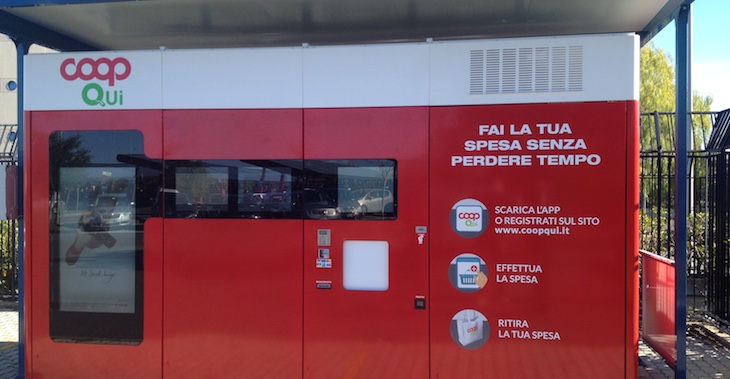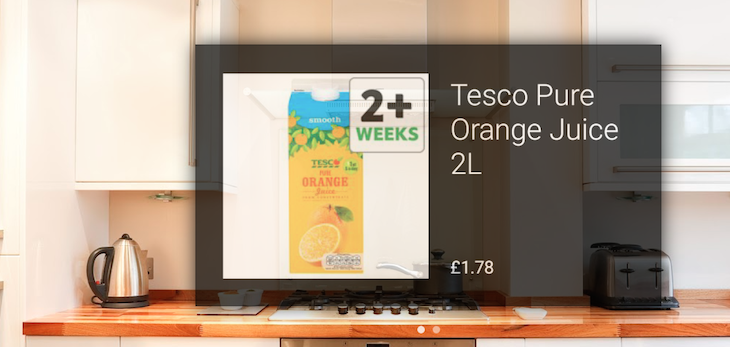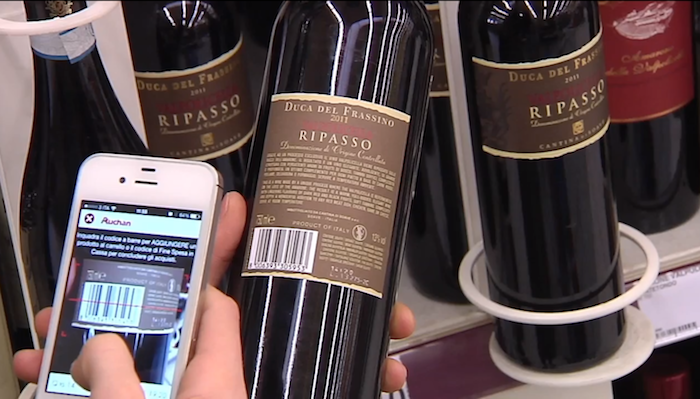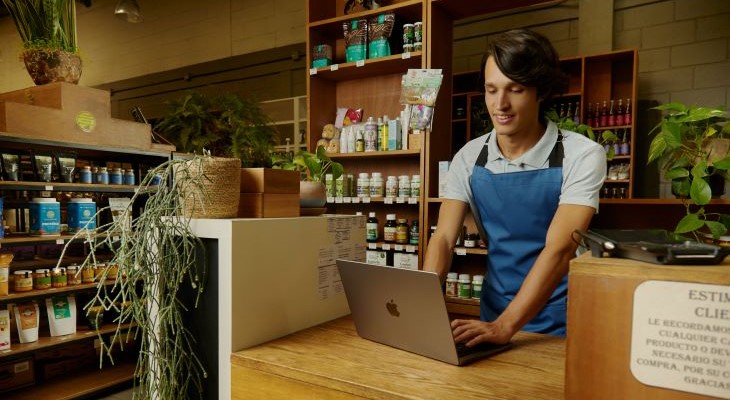“I comportamenti d’acquisto guidano, da sempre, la trasformazione dei modelli di business nel mondo Retail. Se il 2020 sarà ricordato come l’anno che ha condotto le Insegne a una più rapida evoluzione delle loro strategie, è troppo semplicistico sintetizzare il bilancio del 2021 e le previsioni per il 2022 come transizione verso il new normal” dichiara Giorgio de Ponti di Epta – gruppo multinazionale specializzato nella refrigerazione commerciale – che continua: “Il cambiamento profondo nella vita personale e lavorativa delle persone ha, infatti, drasticamente influenzato la sociologia dei consumi, con conseguenti impatti sulle strategie di marketing dei brand e dei Retailer, oltre che sull’organizzazione degli spazi cittadini.”
Approfondiamo con il Product Strategy Manager di Epta i principali trend in atto nella Distribuzione Organizzata.
“Prossimità, customer journey e sostenibilità sono le parole chiave della nuova concezione di fare Retail, che trovano conferma nel concept “ville du quart d’heure”. Si tratta di un modello virtuoso, a misura d’uomo e rispettoso dell’ambiente, studiato per trasformare gli spazi urbani in realtà policentriche basato su economie locali. Un luogo dove i cittadini, sfruttando al massimo le opportunità offerte dalla tecnologia, possono trovare tutto ciò di cui hanno bisogno in un perimetro percorribile a piedi in 15 minuti. Nel mondo della GDO questo si concretizza, oltre che nell’accelerazione della crescita dei negozi di vicinato – già in atto da diversi anni – nell’ascesa, negli ultimi mesi, di un format inedito, il quick commerce”.
Quali sono le caratteristiche chiave del quick commerce, l’innovativa formula che sta rivoluzionando il settore grocery?
“Il quick commerce nasce per soddisfare l’esigenza di ordinare prodotti online e di riceverli, a domicilio, in una manciata di minuti. Il servizio, proposto da nuovi player, permette, tramite apposite APP, di ricevere un determinato set di articoli, in modo comodo e rapido. In dettaglio, la consegna viene effettuata entro 15 minuti, suddivisi tra fase di picking (circa 3 minuti) dal magazzino urbano limitrofo e delivery (circa 12 minuti) tramite operatori muniti di bicicletta elettrica. I magazzini di prossimità preposti allo stoccaggio di prodotti anche freschi e surgelati sono situati in posizioni strategiche nelle grandi metropoli e riforniti dei principali beni di consumo, con un assortimento di circa 1500-2000 referenze. Lo scopo è, infatti, rispondere con un’offerta mirata ai gusti e alle preferenze degli acquirenti, garantendo altresì prodotti perfettamente conservati nelle loro caratteristiche organolettiche.” e continua “In questo scenario sempre più dinamico, Epta supporta i Retailer con soluzioni in grado di governare la complessità del nuovo paradigma. Le soluzioni ad hoc proposte da Epta per il format sono le celle modulari Misa e banchi a gruppo incorporato per freschi e surgelati firmati Costan.”
Quali sono i plus dell’offerta integrata Epta?
“I plus della nostra offerta integrata sono principalmente due: il rispetto dei vincoli acustici e tecnico-progettuali previsti per la creazione di questa tipologia magazzini nei centri cittadini e un uso razionale degli spazi di stoccaggio, requisito fondamentale del quick commerce. Le soluzioni Epta assicurano bassi livelli di rumorosità e, essendo self-contained, sono adatte per locali privi di sala macchine. È infatti fondamentale disporre di soluzioni di refrigerazione che possano migliorare l’efficienza della logistica. Le celle Misa sono disponibili con dimensioni minime di 40cm e moduli successivi di 20cm, per un’ottimizzazione degli spazi che rende funzionale il layout. È possibile optare per pannelli con spessore da 60, 100 e 130mm, finiture esterne e interne in acciaio inox e porte a cerniera o scorrevoli. Inoltre, a garanzia della massima food safety le soluzioni Misa sono trattate con il sistema antibatterico a ioni d’argento Epta Food Defence, per una protezione a contatto, permanente per tutta la sua vita utile.” e continua “Inoltre, i banchi verticali a gruppo incorporato per freschi e surgelati Costan offrono una visibilità potenziata degli articoli preconfezionati grazie alle ampie vetrate, a favore della massima velocità di prelievo dei prodotti. Questa si combina con performance energetiche ottimali, dimensioni compatte e un’elevata capacità di carico, all’insegna della redditività dei Retailer. Infine, il massimo rispetto dell’ambiente è garantito dall’utilizzo del refrigerante naturale propano R290.”
Come evolve il rapporto tra canali fisici e online?
“In Italia, nel 2021, l’incidenza dell’online grocery share ha raggiunto il 5%*. Seppure il tasso di penetrazione di questo format sia destinato a crescere nel futuro, la spesa presso i negozi fisici continuerà ad essere centrale. Il nostro Paese, infatti, si caratterizza per una solida cultura enogastronomica, che coniuga le eccellenze tradizionali con sapori etnici e ricette salutari. Scegliere personalmente, in-store, ingredienti freschi di qualità per la realizzazione dei propri piatti è un must per la maggior parte degli italiani, incluse le nuove generazioni. Inoltre, superate le restrizioni del 2020, riaffiora la voglia di shopping ed esperienzialità. In tal senso, Epta è al fianco dei Retailer nell’ideazione di aree espositive su misura. Il primo passo è l’analisi delle esigenze, seguito dalla creazione di aree ad hoc. Un processo completo, offerto dal marchio EptaConcept, che si articola dalla definizione dell’allestimento, selezione e customizzazione delle vetrine, scelta di materiali, colori e illuminazione per creare la giusta atmosfera, fino all’installazione. L’obiettivo è la valorizzazione dell’esposizione di cibi e bevande e una maggiore interazione tra i consumatori, i prodotti e il personale. Per il Team EptaConcept concepire un punto vendita esteticamente piacevole significa disegnare anche il sistema di relazioni. La teatralizzazione dei corner porta infatti il Cliente ad avere una percezione più alta della qualità del cibo, a favore di una superiore fidelizzazione”.
Come ulteriore spinta al cambiamento nel mondo Retail, è sentita la necessità di creare un rapporto con i consumatori basato sulla condivisione dei valori?
“Certamente, oggi i consumatori sono alla ricerca di qualcosa di più del semplice acquisto di un prodotto. A seguito della crisi sanitaria, sta emergendo un’economia dell’integrità: i Clienti prediligono quindi Insegne e brand sostenibili, in grado di veicolare valori positivi nei quali riconoscersi. Epta, in linea con il principio della Sustainable Innovation supporta i Retailer nel mettere in luce un approccio virtuoso, consapevole che il “patto con il Cliente” si basi sempre più su fiducia e responsabilità. Il Gruppo, ad esempio, propone sistemi a refrigerante naturale e banchi best-in-class nell’ambito del nuovo regolamento Energy Labeling. Inoltre, le nostre soluzioni di refrigerazione all’avanguardia contribuiscono altresì all’incremento della shelf life e riduzione del food waste. Questi fattori permettono alle Catene della GDO di entrare in maggiore sintonia con i Clienti e raggiungere un pubblico più ampio e sensibile. Abbracciare una filosofia orientata alla sostenibilità a 360° risulta, infatti, premiante e riveste una forte attrattiva per i Consumatori, che, con le loro scelte, si sentono parte di un cambiamento che influenzerà positivamente il futuro”.

